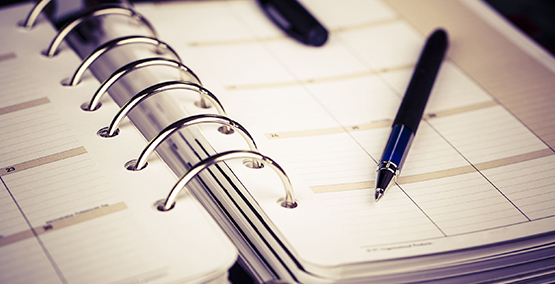
TRACK YOUR TRIGGERS
You're sure there's a reason you're having pain, diarrhea, or blood in your stools with your IBD, but you can't figure out why and your doctor can't either. Blood tests for food intolerance and elimination of those foods can help guide some patients, but at least 30% of people do not show evidence of food sensitivities.
The Seemingly Simple Solution
There's actually a pretty simple way to figure it out sometimes. Track your symptoms, habits, and diet for a few days or several weeks. You may be able to figure out what triggers your symptoms. It's easier if you're not having diarrhea or pain every day because you know there's something different about those days when the symptoms rise up and make you feel horrible. But even if the diarrhea or pain are there daily, you can look for a pattern. Do they come at work, after meals, first thing in the morning or late at night?

How to Track Your Triggers
Phase 1- Tracking
Write down all of your symptoms in a symptom diary <<link>>, including when they occur and how intense. If there was pain, where was it? Was there blood—if so, how much and what was the bowel movement like (hard or loose and large or small)?
Also, write down what was going on before the symptoms occurred. What did you eat and drink, and how much? Were you working or worried about finding a bathroom when you go to an event? Had you taken your medicine the way you were supposed to? What was your mood like prior to feeling the symptoms?
Common Causes
- Medicines (not taking your medicine or in the way you're supposed to)
- Stress (remember when a math test or something else made you queasy or caused a headache, same idea)
- Foods (we're all different and some may cause particular problems: dairy-lactose, fiber, caffeine, alcohol, wheat, sugary drinks, greasy foods, or a combination of several together. Sometimes it's not just the food, but the amount. A cup of tea might be fine, but 2 cups of coffee will cause symptoms.
- Sleep (too little or restlessness—and that may have another cause with stress playing a role)
- Medicine isn't working (if you can't find a pattern, more testing or a different medicine may be needed
Phase 2-Discussion
If you think you found a cause or causes, discuss it with your doctor. If it's stress, there may be a number of avenues to help (yoga, meditation, a counselor, or medicines). If it's a food or a food group, talk to a registered dietitian who can help you eliminate the food and replace the nutrients you might miss. You may also need your doctor or dietitian to help you sort through your symptom diary <<link>>, because it can be tricky recognizing other triggers like emulsifiers or additives.
Phase 3-Reintroduction
If you find that certain foods that seem to trigger your symptoms, eliminate all of those foods to see if your symptoms improve. After symptoms have improved for several weeks, slowly start reintroducing foods to see if it seems to be one particular food, a food group, or all of them. If you introduce one food and you start to have symptoms again, you may have found the cause. To be sure, it's often best to try again later. You can then introduce the next food and repeat the process. If you did not improve from eliminating certain foods, or you re-started all of them and didn't see a change, foods may not be a factor.
Phase 4-Personalizing Your Diet
Once you have reached an understanding of your triggers, you can start to personalize your diet to help manage your symptoms. You will find that your IBD will not always be the same and may react differently throughout your healing process. You may find that certain foods that didn't used to bother you can trigger symptoms or that foods that used to trigger your symptoms don't anymore. Even a change in your sleep patterns or getting an infection can change the way your IBD may react. Continue to track your triggers, discuss with your doctor, try the foods at least one more time and adjust your personalized diet as needed.
This article, as well as all others, was reviewed and edited by a member of our Medical Advisory Board.
Subscribe Be the first to know




